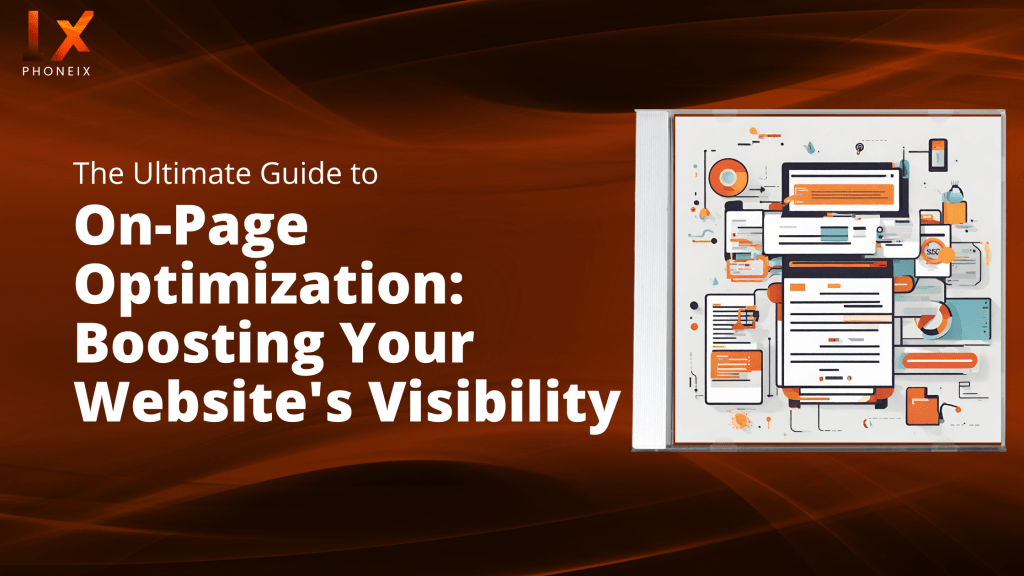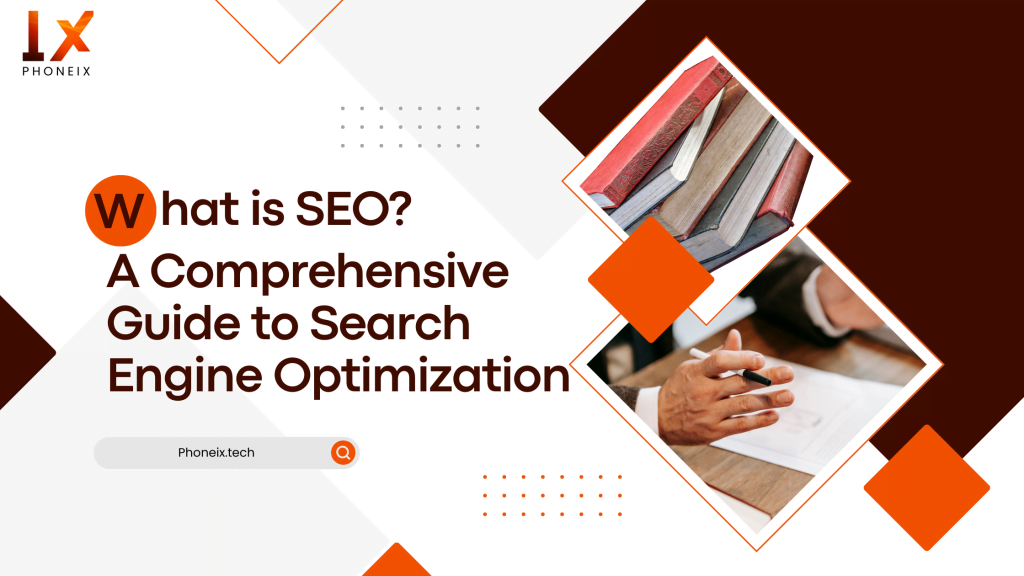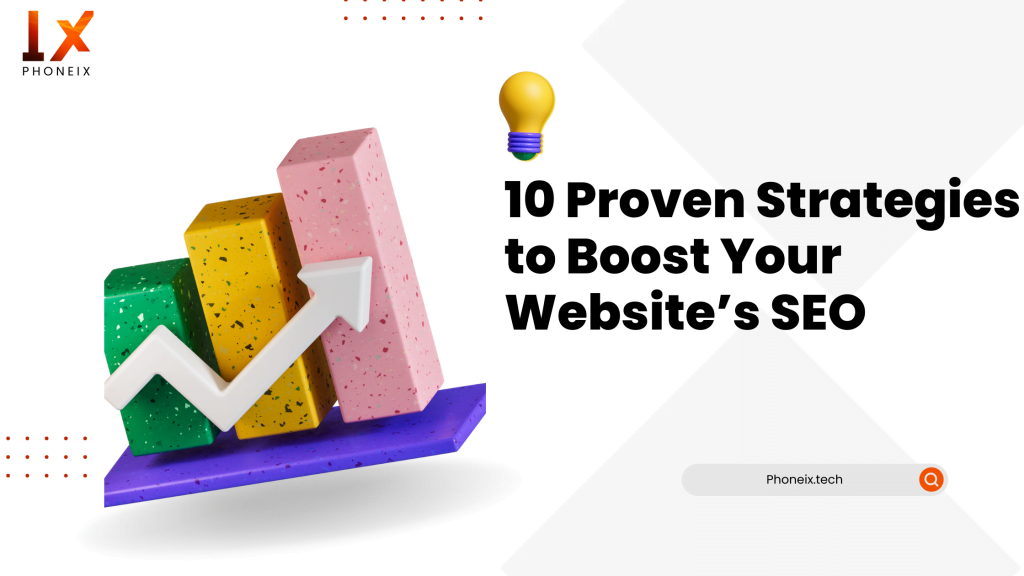
In the fast-paced world of digital marketing, staying ahead of the curve is essential for any website owner. One of the most critical aspects of this is on-page optimization. This comprehensive guide will walk you through the ins and outs of on-page optimization, providing you with actionable strategies to boost your website’s visibility and outrank the competition.
Understanding On-Page Optimization
Conducting Keyword Research
The cornerstone of any successful on-page optimization strategy is thorough keyword research. Identifying the right keywords allows you to align your content with what users are searching for. Utilize tools like Google Keyword Planner or Ahrefs to find high-ranking keywords relevant to your niche. Ensure that your chosen keywords are strategically placed in your content.
Crafting Compelling Content
Optimizing Meta Tags and Descriptions
Meta tags and descriptions are the first things users see in search results. Craft compelling meta titles and descriptions that not only incorporate your target keywords but also entice users to click through to your website. Keep them concise, relevant, and engaging.
<!DOCTYPE html>
<html lang="en">
<head>
<meta charset="UTF-8">
<meta name="viewport" content="width=device-width, initial-scale=1.0">
<title>The Ultimate Guide to On-Page Optimization: Boosting Your Website's Visibility</title>
<meta name="description" content="Learn the best strategies for on-page optimization to improve your website's visibility and outrank the competition. This comprehensive guide covers keyword research, content creation, user experience, and more.">
<meta name="keywords" content="on-page optimization, SEO, keyword research, content creation, user experience, meta tags, internal linking, external linking, image optimization, mobile optimization, schema markup">
<meta name="author" content="Your Name">
</head>
<body>
<!-- Your content goes here -->
</body>
</html>
In this sample code:
- The
<meta charset="UTF-8">tag sets the character encoding to UTF-8 for proper text rendering. - The
<meta name="viewport" content="width=device-width, initial-scale=1.0">tag ensures proper scaling on different devices. - The
<title>tag sets the title of the page, which appears in the browser tab and search engine results. - The
<meta name="description">tag provides a brief summary of the page’s content for search engine results. - The
<meta name="keywords">tag lists relevant keywords related to the content. - The
<meta name="author">tag indicates the author of the content.
Enhancing User Experience
User experience is a significant factor in on-page optimization. A well-structured, easy-to-navigate website not only keeps visitors engaged but also signals to search engines that your site provides a positive user experience. Ensure fast loading times, mobile responsiveness, and intuitive navigation.
Leveraging Internal and External Links
Optimizing Images and Multimedia Elements
Monitoring Page Performance
Mobile Optimization
Utilizing Schema Markup
<!DOCTYPE html>
<html lang="en">
<head>
<meta charset="UTF-8">
<meta name="viewport" content="width=device-width, initial-scale=1.0">
<title>The Ultimate Guide to On-Page Optimization: Boosting Your Website's Visibility</title>
<meta name="description" content="Learn the best strategies for on-page optimization to improve your website's visibility and outrank the competition. This comprehensive guide covers keyword research, content creation, user experience, and more.">
<meta name="keywords" content="on-page optimization, SEO, keyword research, content creation, user experience, meta tags, internal linking, external linking, image optimization, mobile optimization, schema markup">
<meta name="author" content="Your Name">
<script type="application/ld+json">
{
"@context": "http://schema.org",
"@type": "Article",
"mainEntityOfPage": {
"@type": "WebPage",
"@id": "https://www.yourwebsite.com/ultimate-guide-on-page-optimization"
},
"headline": "The Ultimate Guide to On-Page Optimization: Boosting Your Website's Visibility",
"description": "Learn the best strategies for on-page optimization to improve your website's visibility and outrank the competition. This comprehensive guide covers keyword research, content creation, user experience, and more.",
"image": "https://www.yourwebsite.com/images/ultimate-guide.jpg",
"author": {
"@type": "Person",
"name": "Your Name"
},
"publisher": {
"@type": "Organization",
"name": "Your Website",
"logo": {
"@type": "ImageObject",
"url": "https://www.yourwebsite.com/images/logo.jpg"
}
},
"datePublished": "2023-09-27",
"dateModified": "2023-09-27"
}
</script>
</head>
<body>
<!-- Your content goes here -->
</body>
</html>
In this example, we’ve added a <script> block with JSON-LD structured data. This structured data provides additional context about the article for search engines.
"@context": "http://schema.org"indicates that we’re using the schema.org vocabulary."@type": "Article"specifies that this is an article."mainEntityOfPage"links to the main webpage of the article."headline"provides the title of the article."description"offers a brief description of the article."image"links to an image associated with the article."author"specifies the author of the article."publisher"identifies the organization (in this case, your website) and includes a logo."datePublished"and"dateModified"provide the publication and modification dates, respectively.
FAQs:
What is on-page optimization?
On-page optimization involves optimizing individual web pages to rank higher in search engines, attracting more relevant traffic.
Why is keyword research important for on-page optimization?
Keyword research helps align your content with what users are searching for, improving your chances of ranking higher in search results.
How can I enhance user experience for on-page optimization?
Focus on factors like fast loading times, mobile responsiveness, and intuitive navigation to provide a positive user experience.
What is the significance of internal and external linking in on-page optimization?
Strategic linking provides additional value to readers. Internal links guide users to relevant pages, while external links establish credibility.
Why is mobile optimization crucial for on-page SEO?
With the majority of users on mobile devices, ensuring a responsive, user-friendly experience on all screen sizes is essential for success.
What is schema markup and how does it benefit on-page optimization?
Schema markup provides search engines with additional context about your content, potentially resulting in rich snippets and improved click-through rates.
Conclusion
Optimize Your Online Presence Today
Convey a collaborative approach, emphasizing that you'll work closely with them to create a tailored SEO strategy.
Get Started!

